Nikon D850 review: a true DSLR hero
It might be the last of a breed, but the Nikon D850 is still one of the best cameras going

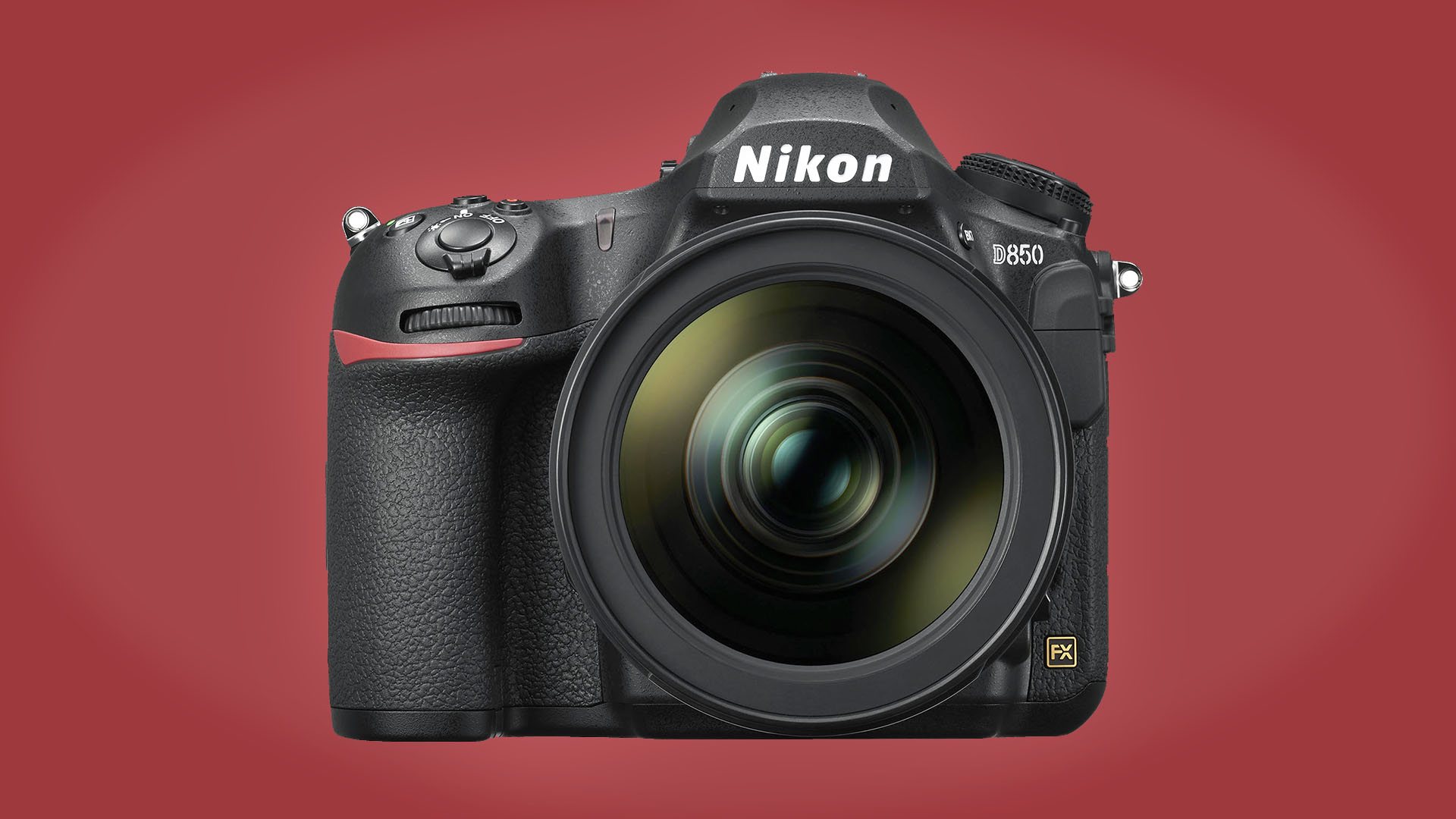
With superb handling and performance that keeps some of the best mirrorless rivals honest, the Nikon D850 is still one of the best and more versatile cameras out there.
-
+
Brilliant image quality
-
+
Sophisticated AF for action
-
+
Superb handling
-
+
Epic battery life
-
+
Tough build
-
-
Lacks EyeAF
-
-
AF coverage limited
-
-
Video not a strength
-
-
Slow live view focusing
Why you can trust T3
The Nikon D850 is a full-frame DSLR is aimed at both professionals and semi-pros looking for an advanced suite of features with performance to match. However, in recent years, Nikon – like most other camera manufacturers – appears to be focusing most of its efforts on its mirrorless cameras, and we’ve seen a flurry of launches recently, including the Z5, Z6 II and Z7 II. So, where does that leave the D850 DSLR?
Going down a storm when it was launched almost four years ago, the photographic landscape has changed dramatically. Not only has there been the onslaught of numerous flagship mirrorless cameras, but as we’ve touched on, Nikon’s launched its own range of mirrorless cameras too, with the 45.7MP Z7 II priced almost identically to the D850. With all that in mind, would you be a fool buying one now?
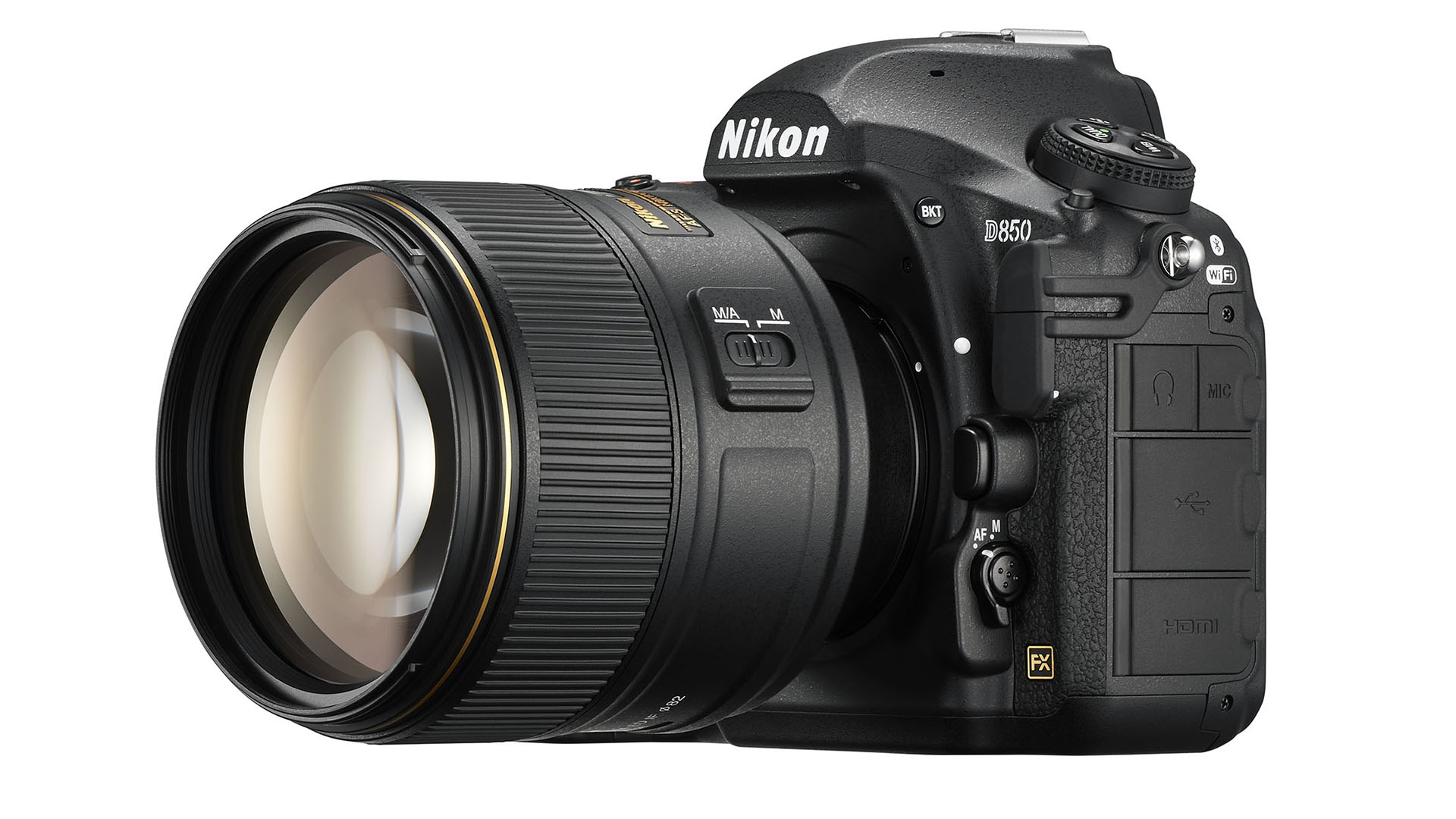
Nikon D850 review: design and handling
At the rear of the Nikon D850, there's a large 3.2-inch tilt-angle touchscreen display (that actually has a slightly higher resolution than the Z7 II’s display at 2.36m dots), while controls are all nicely spaced out. These are supplemented by an eight-way controller that can be used to navigate the D850’s control interface and a small AF joystick that enables you to quickly select your desired focus point. A nice touch is that by simply rotating the on/off switch beyond the 'on' position, the majority of the D850’s controls are gently illuminated making it much easier to use in low-light.
Compared to a typical full-frame mirrorless camera, the D850 is that bit bigger and heavier – it weighs 0.6lbs / 300g more than a Z7 II at 2.01lbs / 915g, for instance. Don’t let this extra weight put you off though. The tough magnesium alloy body oozes quality and features an array of weather seals to protect it from the elements – this is a camera built for the demands of day-to-day professional use. The large and comfy hand grip makes shooting for prolonged periods a breeze, while the extra weight and larger proportions of the D850 over its mirrorless rivals also makes it that bit better balanced with larger and longer lenses.
As far as handling goes, the D850 is one of the most sorted cameras going, with a brilliant control layout that makes the camera a real joy to use. On the top plate, the ISO and exposure compensation buttons are within easy reach behind the shutter button, making both easy to find while the camera’s raised to your eye. On the other side of the D850’s pentaprism are quick controls for white balance, shooting mode, quality and metering, while there’s a dedicated dial that sits round this to set the drive mode. This arrangement is certainly preferable to the more consumer-orientated mode dial and drive button found on the Z7 II and Z6 II in our opinion.
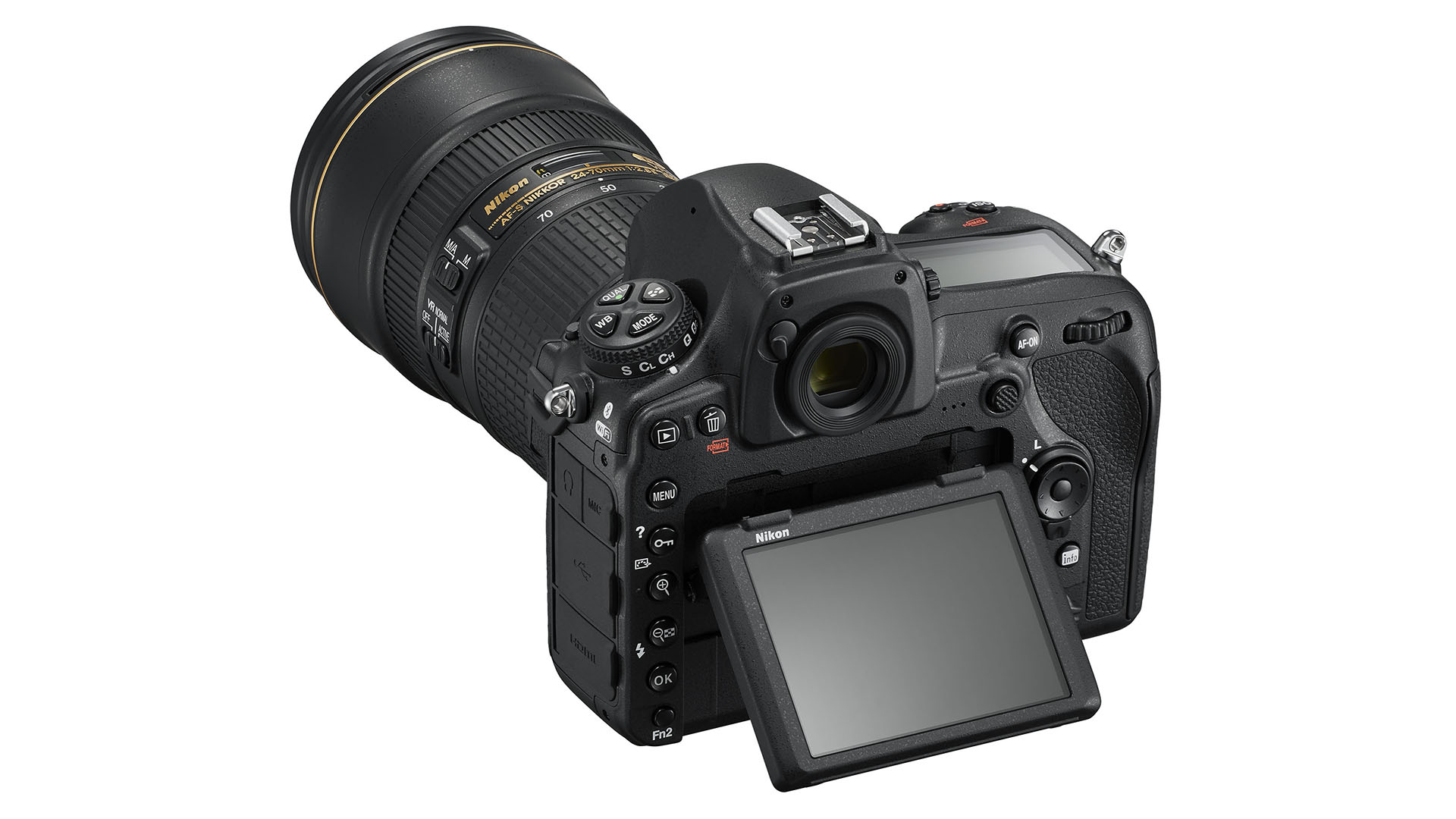
Nikon D850 review: features
The D850 is an incredibly well-specified camera that has a wide range of features that will appeal to photographers who shoot a variety of subjects. It might be almost four years old now, but the 45.7MP full-frame back-illuminated sensor (BSI) still cuts it among newer competition, with only Sony’s Alpha A7R IV and Alpha A1 bettering it for pixel-count. The D850 has quite a modest ISO ceiling of 25,600, but can be extended to an ISO equivalent of 108,400 (Hi2). There’s also a Lo1 setting equivalent to ISO32 (the native base ISO setting is ISO64).
For the times when 45.7MP is overkill, there’s the option to shoot at either 25.6MP or 11.4MP (recording either RAW or JPEG), and there’s a clever trick for those who want to get closer to their subject. The D850’s DX Crop mode sees the viewfinder masked to provide a view equivalent to that of an APS-C-format camera, but means you now have a 1.5x crop factor applied to any lens. That means a 200mm focal length becomes 300mm for instance, and while the resolution does drop, thanks to the healthy pixel count of the D850, it’s still possible to shoot 19.4MP files.
The D850 enjoys a 0.75x optical viewfinder and while it might seem like old tech compared to the latest electronic viewfinders, you can’t argue with the lovely large and bright view, especially if you’re shooting in poor light. As we’ve touched on, the D850 also features a tilt-angle, 3.2-inch 2,359,000-dot touchscreen. The tilt-angle mechanism works well for stills shooting, but for those shooting video, a vari-angle mechanism would probably be more preferable.
Speaking of video, the D850 can shoot 4K UHD video in FX format with no sensor cropping at up to 30p. You can also shoot Full HD footage in 60p if you wish. Though the D850 uses lens-based image stabilization, there's also an electronic Vibration Reduction (VR) system to reduce the impact of camera shake when shooting movies handheld. Finally, there are dedicated ports for an external microphone and audio monitoring.
The D850 enjoys dual card slots – one will accept high-performance XQD or CFexpress cards, while the SD card slot supports cards up to UHS-II. Having dual card slots brings extra flexibility – you can assign one of the slots to be an overflow for instance, or one card to shoot RAWs while the other handles JPEGs. Or you can simply use the extra slot as a backup.
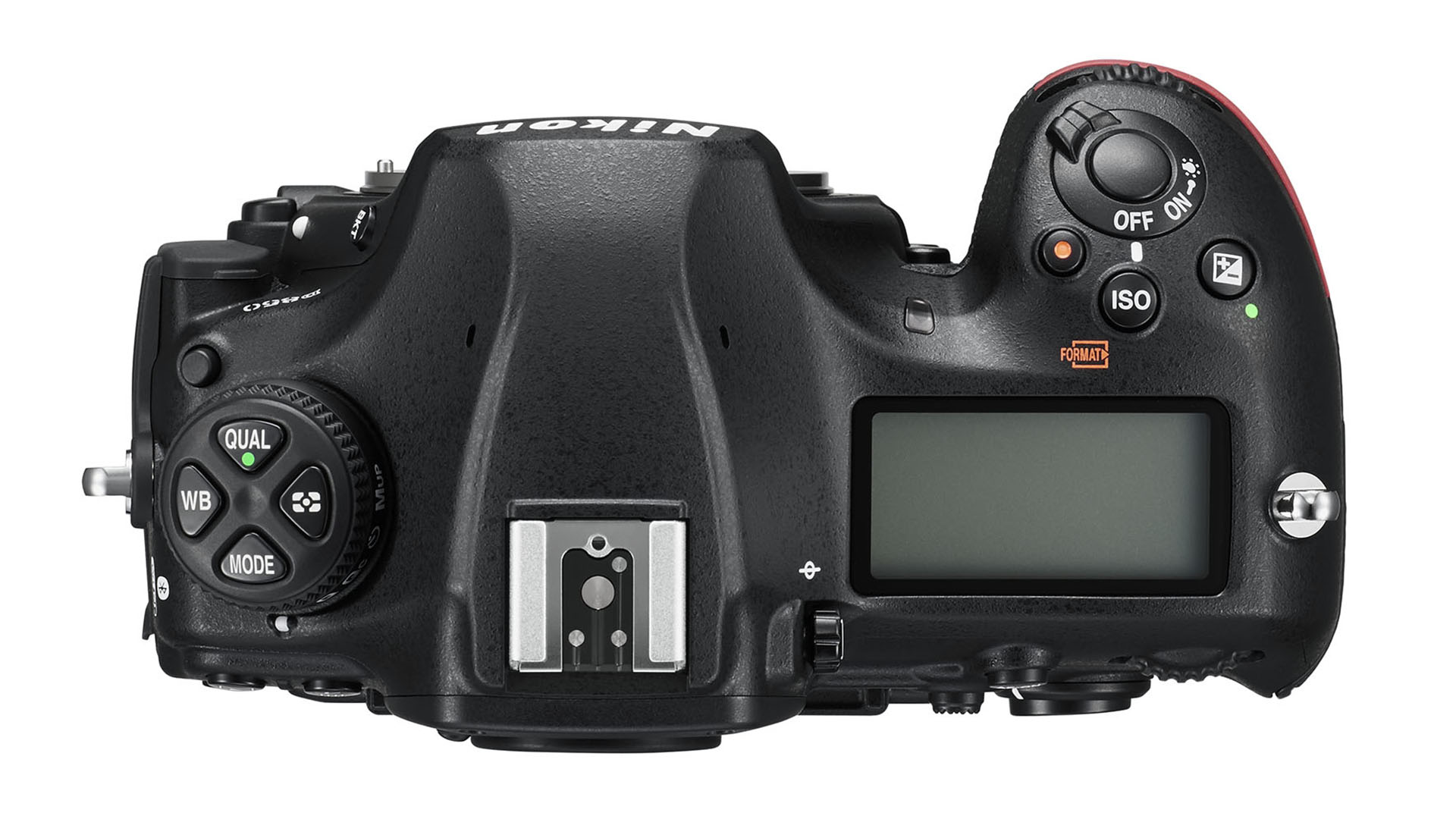
Nikon D850 review: Performance
The D850 uses the same Multi-CAM 20K AF module as the top-end D5 (now replaced by the D6) and until the arrival of the Canon EOS-1D X Mark III, enjoyed the best AF we’ve seen on a DSLR.
The system sports 153 AF points, with 55 of those user-selectable and 99 points the more sensitive cross-type points for even greater precision. This might seem a little underwhelming compared to mirrorless AF systems that feature AF points in the hundreds, but the reality is that it’s still one of the best systems for tracking a subject. Fast, precise and very reliable, it makes the D850 an ideal camera for sport, action and wildlife. The only issue when shooting action is that the AF points are grouped pretty centrally in the frame, and not the 90% plus coverage that high-end mirrorless cameras enjoy.
The D850 also lacks EyeAF, so portrait photographers might be better served with something like the Z7 II. Focusing via the rear live view display is also sluggish. Those moans aside, the AF in the D850 is hard to fault, performing excellently in a variety of conditions and shooting situations.
The AF is paired with a burst shooting speed of 7fps – not quite a match for the 10fps of the Z7 II, but that’s not the full story. While the D850 can shoot at 7fps with tracking AF (and 9fps if you pair it with the MB-D18 battery grip), the Z7 II can only achieve a steady 5.5fps with tracking AF.
Battery life is impressive, too. Using Nikon’s EN-EL15 battery, the D850 delivers an incredibly impressive 1,840-shots – even the best mirrorless cameras would struggle to even come close to half that battery life.
As for the images that the D850 is capable of producing, you certainly won’t be left disappointed. The first thing to consider though is that to get the best performance from the D850’s sensor, you’ll want to pair it with the best glass you can, which means Nikon’s high-end range of F-mount lenses.
As you’d perhaps expect, the level of detail from the 45.7MP sensor is very good – you’ll be able to happily produce large, exhibition-standard gallery prints while the ISO range delivers plenty of flexibility. It’s not the best at high ISOs, but push it to ISO25,600 and with a bit of careful processing you’ll be able to come away with a very satisfactory result. It won’t be free of image noise, but the results are more than acceptable.
It’s not just the detail on offer that impresses, but the breadth of the dynamic range. This allows you to retain detail in the highlight areas and then recover lost shadow detail quite happily in the edit. The D850’s sensor offers plenty of flexibility here, meaning you can push the file further than most before it starts to deteriorate.
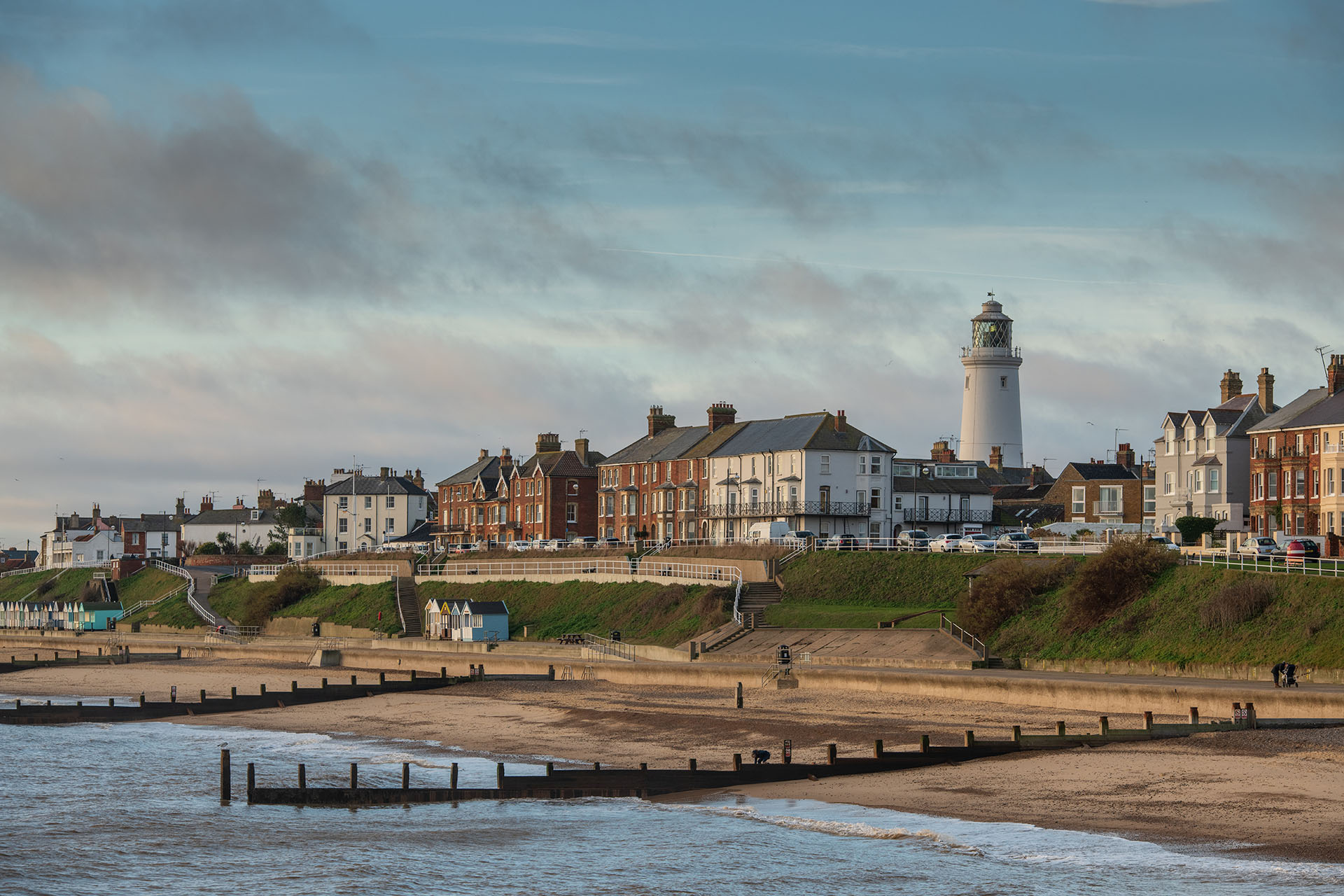
Jaw-dropping color and detail from the D850 images
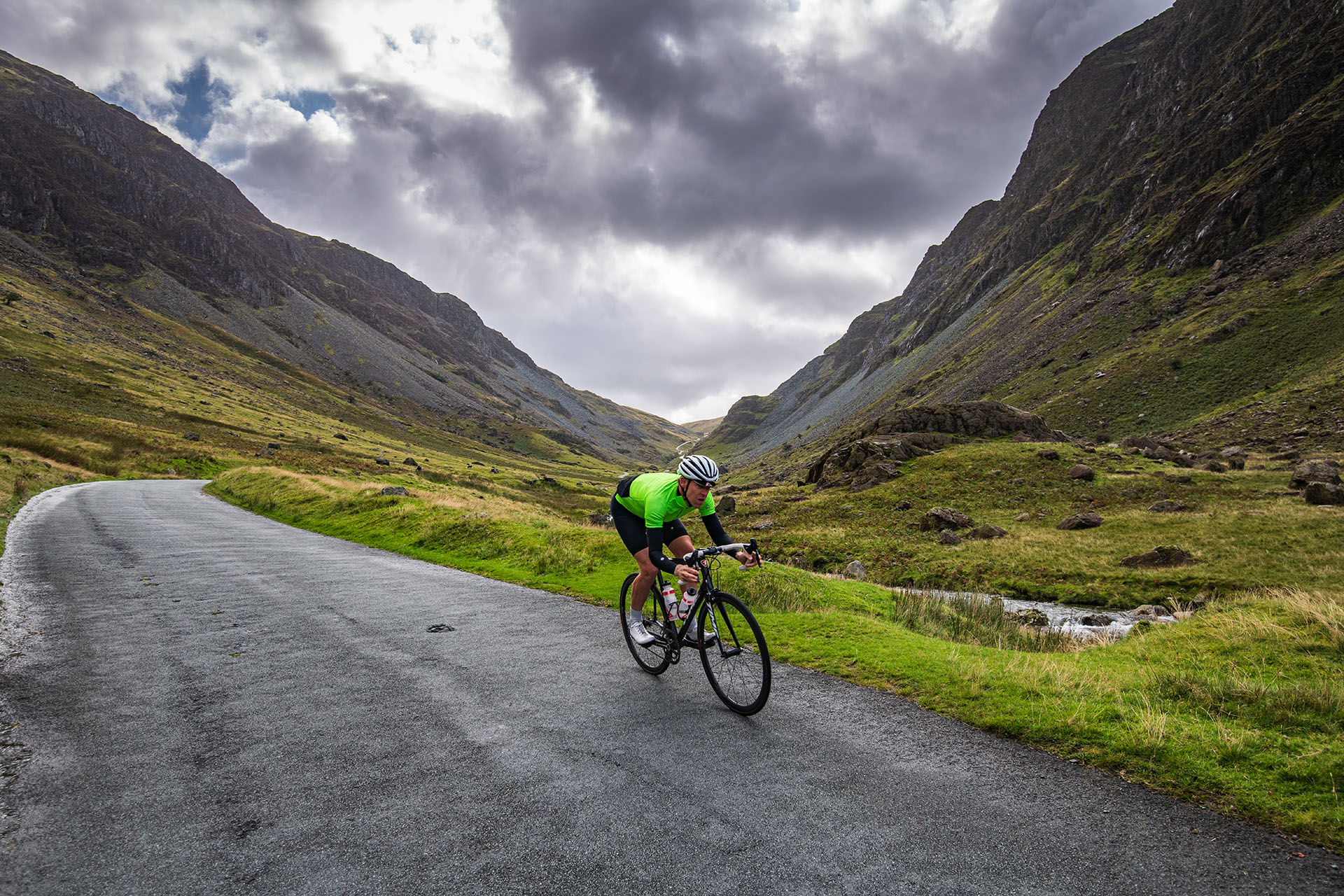
The AF combined with the 7fps burst shooting makes moving subjects a breeze
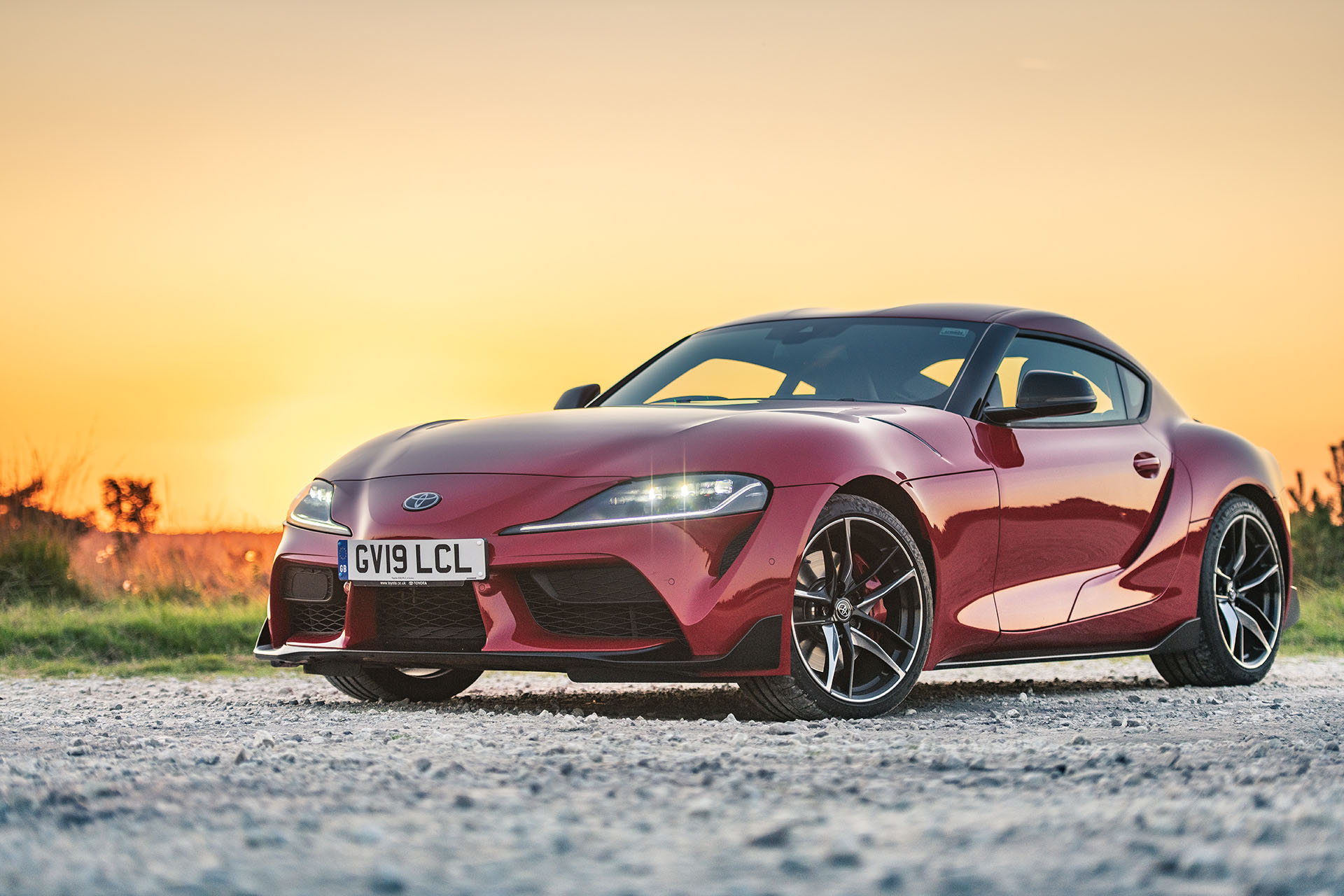
This is a camera capable of pro-level results
Nikon D850 review: Verdict
Let’s get the negatives out of the way first. If you’re a hybrid shooter that’s looking to shoot both stills and video, then the D850 isn’t for you. Don’t get us wrong, the 4K footage is really nice, but the clunky focusing during live view just doesn’t cut it against quicker mirrorless rivals like Nikon’s own Z7 II or the likes of the Canon R5 or Sony Alpha A7R IV. Portrait shooters should also look elsewhere potentially, as while the D850’s through the viewfinder focusing is incredibly sophisticated, it lacks the precision of EyeAF the mirrorless rivals enjoy.
Those issues aside, the D850 is a brilliant camera that should still appeal to many photographers. Having some best handling characteristics of any camera we’ve seen, the D850 is a joy to shoot with, and while the weight can be an issue, it means it balances much better with larger lenses. Image quality is hard to fault too, and while there are some issues with the performance, we’d still pick a D850 over many mirrorless cameras when it comes to shooting action. The optical viewfinder delivers a real-time view that makes it much easier to track subjects, with the D850’s 3D Focus Tracking making sure your subject is in focus.
The future is very much mirrorless, and if you’re not coming to the D850 with a bag full of lenses for it, then you might want to explore the mirrorless options. However, if you’re currently heavily invested in a lot of Nikon F-mount glass and are looking to upgrade, then the D850 is still a brilliant choice. It’s an incredibly capable camera that’s just at home shooting landscapes as it is action and sports.
Sign up to the T3 newsletter for smarter living straight to your inbox
Get all the latest news, reviews, deals and buying guides on gorgeous tech, home and active products from the T3 experts
-
 Warning: Ciele’s refreshed Elite Collection may cause excessive garment envy on race day
Warning: Ciele’s refreshed Elite Collection may cause excessive garment envy on race dayFlex on your run crew with Ciele’s latest drop
By Matt Kollat Published
-
 Smeg adds a touch of navy sophistication to its iconic breakfast set
Smeg adds a touch of navy sophistication to its iconic breakfast setIt's a minimalist's dream
By Lizzie Wilmot Published
-
 My most anticipated Netflix movie of the year gets a wild new trailer
My most anticipated Netflix movie of the year gets a wild new trailerHavoc looks pretty unbelievable
By Max Freeman-Mills Published